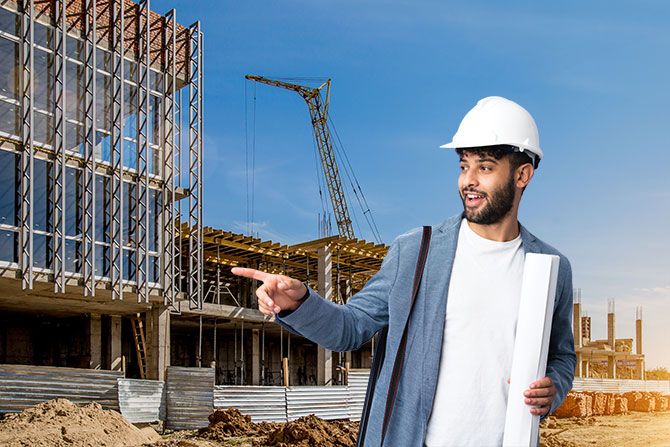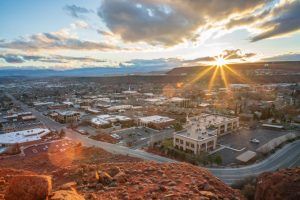As with any design team partner, the most effective relationship with your civil engineer is built on trust, mutual respect, and commitment to delivering on client goals. At the end of the day, we know that you want to impress and retain your client, and we see it as our job to put you in the position to do so.
One of the most productive ways to help make that happen is through our role in managing your client’s expectations by identifying site constraints as early as possible. In order to do so, engage with civil engineers early to help provide as much site information as possible as soon as possible so that big visions don’t unfold without a basis in reality. This information can come from a few key areas:
Utilities: This is a big one, especially when an owner has not yet assessed the age or existence of appropriate utility infrastructure. By reviewing existing documentation, conducting existing condition surveys, and meeting with utility providers, your civil engineer can help you and your client understand critical utility constraints that could impact the planned development.
Drainage: Drainage is a hot topic here in Utah. With the recent introduction of more Low Impact Development (LID) requirements throughout the state, it is beneficial to discuss the approach to comply with these requirements early and how they can be incorporated into the site. Your civil engineer can help you develop creative ways to incorporate smart drainage design into a site that can be woven amongst architectural features.
Fire Department and ADA Access Requirements: Information about specific site access constraints for meeting ADA expectations and site-specific insight into local fire jurisdiction requirements are both a must. Different building types, uses, and heights can drastically impact what will be required on your site. Having your civil engineer help you understand these constraints early will benefit the review process for local officials and your project.
CURRENT TRENDS IMPACTING OUR FIELD
Utah is undoubtedly known for its diverse landscapes. With the population increases we are all witnessing, development in our more remote areas that may not have a streamlined permit process is becoming more common. By getting in front of jurisdictions early, specifically fire departments, utility providers, and transit authorities, we can set up the civil design work for better success. Even conceptual ideas can be enough to incentivize jurisdictions to provide some insight regarding what will be required, as they, too, are assessing their ever-adjusting demands.
Whether we like it or not, the climate in Utah and across the globe is changing. We see hotter summers, drier winters, and rarer storm events occurring more frequently. This affects everything from pavement design to stormwater management. As civil engineers, we continue to take these variables into consideration as we strive to integrate smart sustainability into our designs, with calculations erring to incorporate these shifts.
SOME FUNDAMENTALS THAT CAN LEAD TO BETTER TIME AND RELATIONSHIP MANAGEMENT
Sometimes, since civil engineers are not considered a part of the vertical building team, we encounter instances where we are brought on board as a project afterthought. We know architects have a difficult job, and we can see how this might occur. From the management of a project’s budget and schedule to the supervision of a consultant team, architects have plenty to keep track of. But the best civil engineers can help alleviate some of these pressures by being brought into the design process early to set up your project for success. By operating as a thorough, information and insight-oriented partner, we can proactively support you as you shape the potential possibilities for your site.
Jeff Palmer, P.E., is the Director of Civil Engineering at Talisman Civil Consultants. In his role, he leads a team of more than 15 designers and engineers and delivers civil engineering projects across such sectors as higher education, resorts, roadways, civic assignments, and more. Since its founding in 2016, Talisman has grown rapidly across the Wasatch Front, providing civil engineering, land survey, 3D scanning, aerial photography, and construction staking services.







